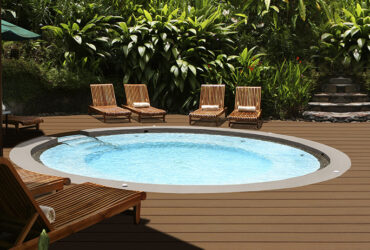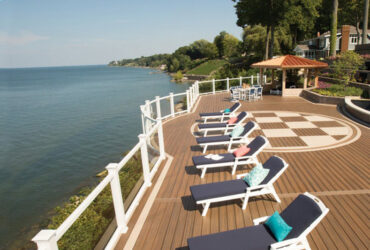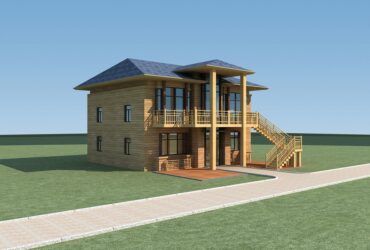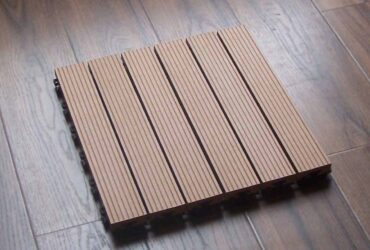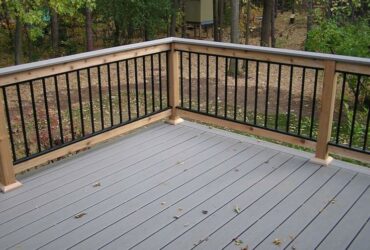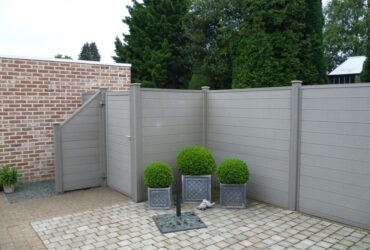Preparation of Ultra-high-strength Three-layer Co-extruded Wood-plastic Profiles
Ordinary co-extruded wood-plastic composite materials usually consist of a surface layer and a core layer, which are called double-layer co-extruded wood-plastic composite materials. The core layer is generally made of ordinary wood-plastic materials, which provide mechanical properties for WPC; the surface layer is generally prepared from very expensive plastic raw materials, providing high strength, high weather resistance and other properties for the product. Due to the different processing methods and the different polarities of the basic resin raw materials of the surface and core layers, the bonding strength of the surface and core layers is the focus of ordinary co-extruded wood plastics. In order to improve the bonding force between the surface and core layers, resins of the same type or with better compatibility are often used as the base grease, and high polarity thermoplastic resins are added to the surface and core layers to increase the bonding force between the surface and core layers, such as ionic polymers, etc. This method not only limits the selection range of the base resin for the surface and core layers, but also because the adhesive resin is directly added to the surface layer for granulation and extrusion, it will be evenly dispersed, leaving less adhesive resin in the interface layer.
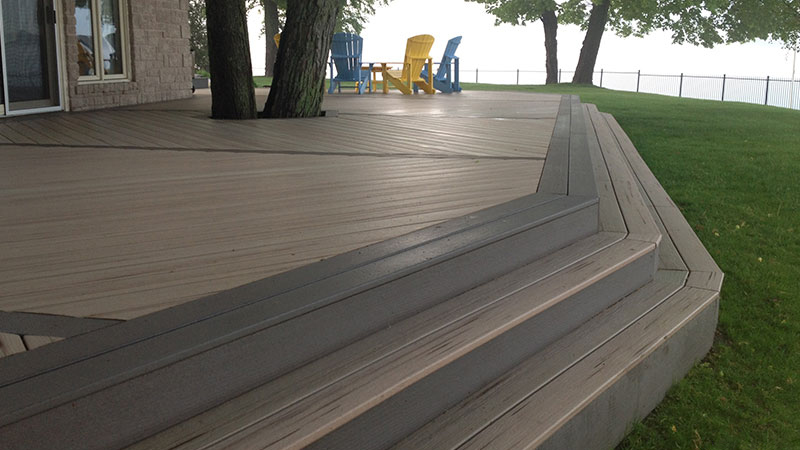
In order to overcome the shortcomings of the existing double-layer co-extruded wood-plastic materials that require a large amount of highly polar thermoplastic resin to be added to the surface layer and the limited selection of materials for the surface and core layers, some scholars plan to provide a co-extruded three-layer structure consisting of surface, middle and core layers. Extruded wood-plastic composite materials improve the adhesion between the core and surface layers without increasing the usage of highly polar thermoplastic resin. It was concluded that compared with ordinary double-layer co-extruded wood-plastic profiles, using highly polar thermoplastic resin as the middle layer of three-layer co-extruded wood-plastic materials can increase the peeling value of the surface-core layer from 59N to 81N. 37.29%. The optimal dosage of highly polar thermoplastic resin is 1~1.5phr. Graphene can significantly increase the wear resistance of the surface layer of the profile. Considering the production cost factor, the optimal addition amount is 0.04phr. The core layer uses glass fiber as a reinforcing material to increase the tensile strength of the material. Impact strength and bending performance, the optimal dosage of glass fiber is 12phr.
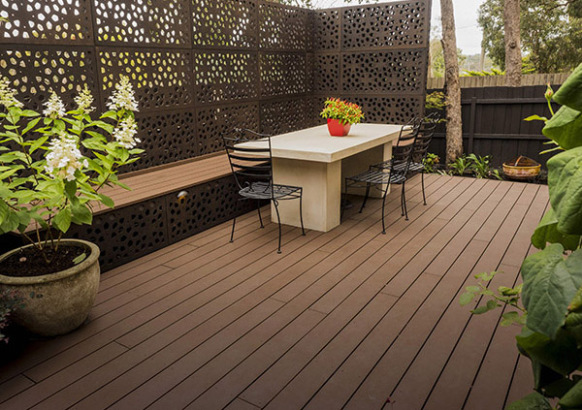
Three-layer co-extruded wood-plastic profiles have the advantages of ultra-wear resistance, high strength, and tear resistance. Taking into account factors such as cost, performance, and environmental protection, it will be a wood-plastic product that meets market demand.

